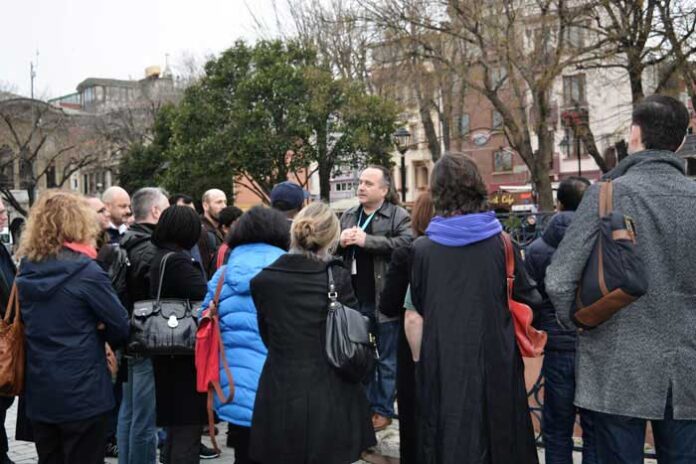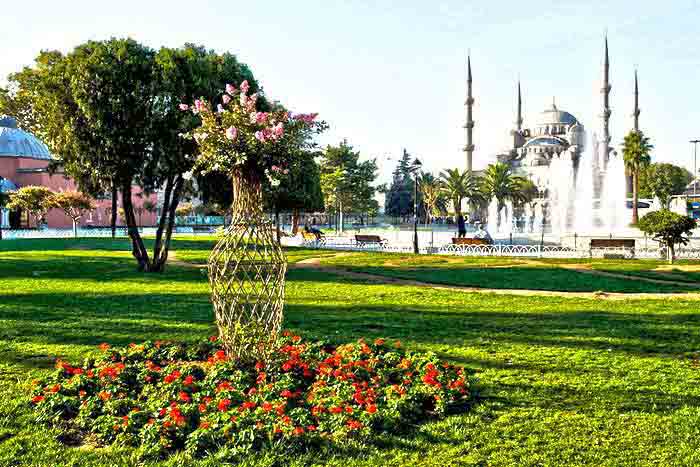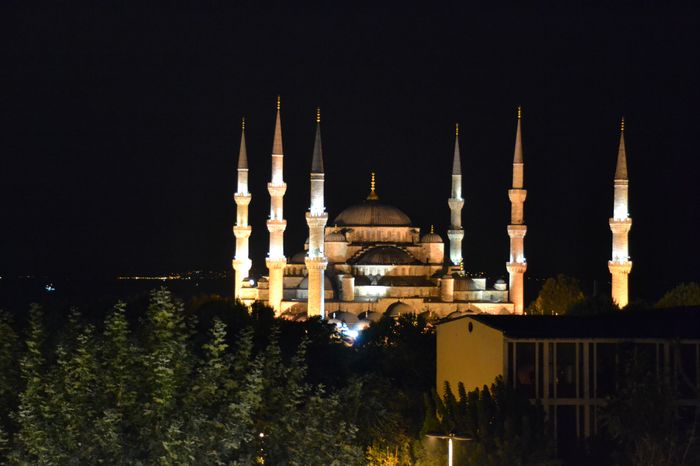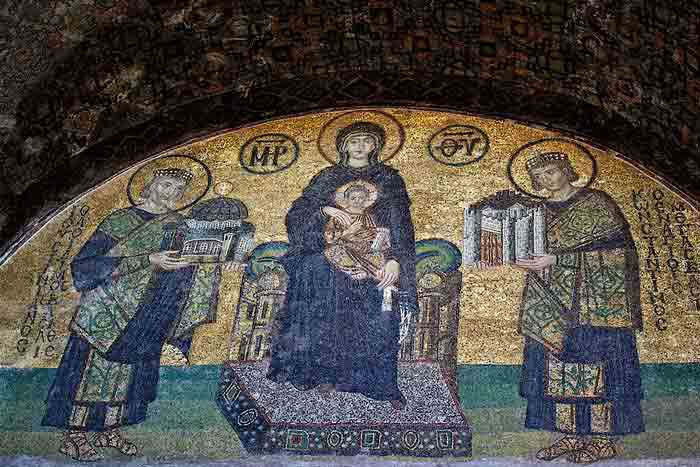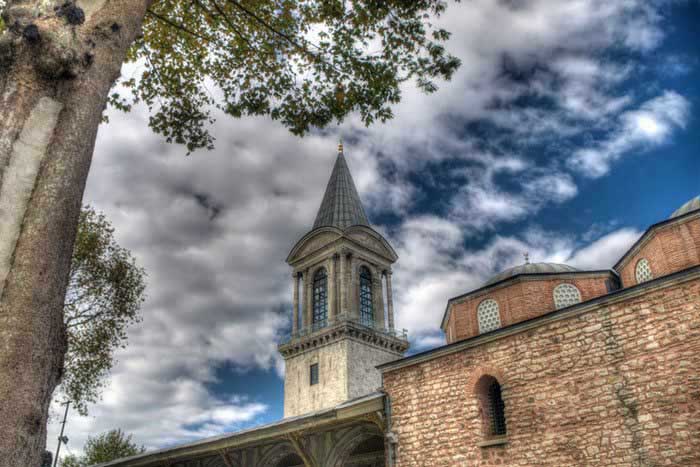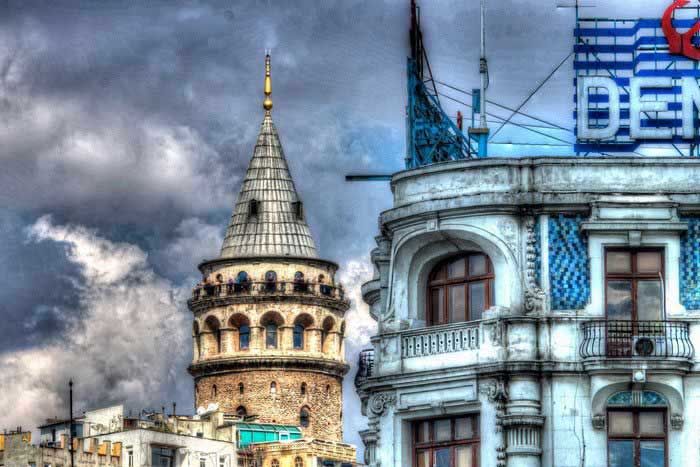Istanbul old city tours – Sporting and social centre of two empires
In the square, in front of the Blue Mosque and on your Istanbul old city tours, one of the most famous areas in Byzantine Constantinople can be found, the Hippodrome. The ancient Hippodrome was originally a gathering place, sports area and the scene of chariot races. This is also the place that you have to visit in your private tours Istanbul.
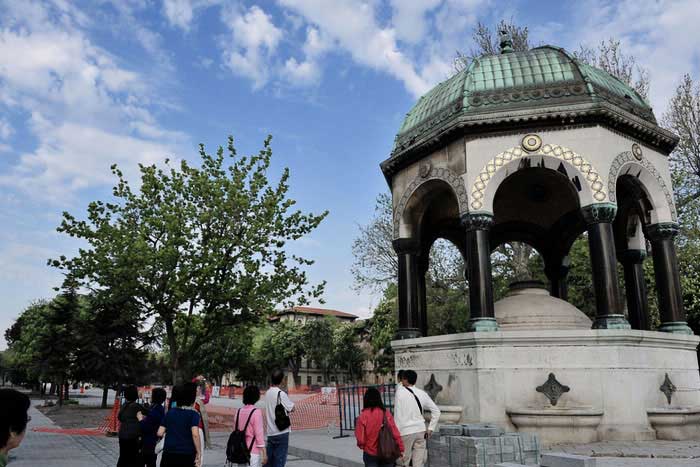
The Hippodrome was the centre of Byzantium’s life for 1000 years and of Ottoman life for another 400.
The scene of countless political dramas during the long life of the city; the rival chariot teams of ‘Greens’ and ‘Blues’ had separate sectarian connections. Support for a team was akin to membership of a political party. And also a team victory had great effects on policy. A Byzantine emperor might lose his throne as the result of a post-match riot. You surely can’t see the Hippodrome if you don’t join Istanbul old city tours and local guide Istanbul. But you would definitely miss great and informative day.
Though the Hippodrome might be the scene of their downfall, Byzantine emperors and Ottoman sultans outdid one another in beautifying it.
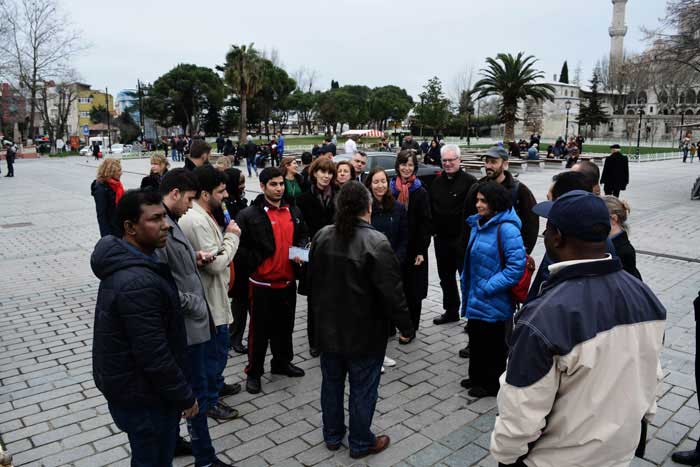
Unfortunately, many priceless statues carved by ancient masters have disappeared from their original homes here. Chief among the villains responsible for such thefts were the soldiers of the Fourth Crusade. They invaded Constantinople, a Christian ally city, in 1204. After sacking Aya Sofya, they tore all the bronze plates from the stone obelisk at the Hippodrome’s southern end in the mistaken belief that they were gold. The crusaders also stole the famous quadriga, or team of four horses cast in bronze, a copy of which now sits atop the main door of the Basilica di San Marco in Venice (the original is inside the basilica).
Impressive granite Obelisk of Theodosius
The impressive granite Obelisk of Theodosius was carved in Egypt around 1450 BC. According to the hieroglyphs, it was erected in Heliopolis to commemorate the victories of Thutmose III (r 1504-1450 BC). The Byzantine emperor, Theodosius, had it brought from Egypt to Constantinople in AD 390. It erected on a marble pedestal engraved with scenes of Theodosius in the midst of various imperial pastimes. Though Theodosius’ self-promoting marble billboards have weathered badly over the centuries, the magnificent obelisk, spaced above the pedestal by four bronze blocks, is as crisply cut and shiny as when it was carved in Upper Egypt some 3500 years ago.
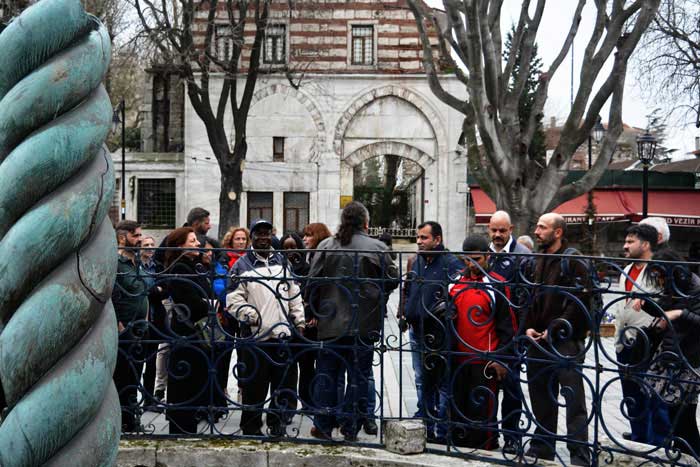
South of the obelisk is a strange column coming up out of a hole in the ground. Known as the Spiral Column, it was once much taller and was topped by three serpents’ heads. Originally cast to commemorate a victory of the Hellenic confederation over the Persians, it stood in front of the temple of Apollo at Delphi from 478 BC until Constantine the Great had it brought to his new capital city around AD 330. (customized daily Ephesus tours)
All that is known about the Rough-Stone Obelisk at the southern end of the Hippodrome is that it was repaired by Constantine VII Porphyrogenitus (913-59), and that its bronze plates were ripped off during the Fourth Crusade.
Learn many more things about the Hippodrome and Istanbul on Istanbul old city tours!
Contact me and let me take you around.

